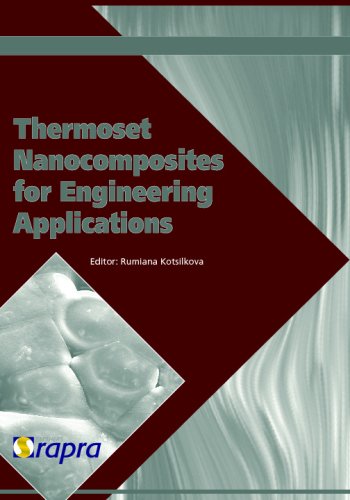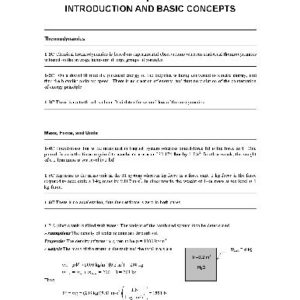Thermoset nanocomposites are complex hybrid materials which integrate nanoparticles with polymers to produce a novel nanostructure, with extraordinary properties. Organic/inorganic hybrids are some of the most challenging nanostructures investigated to date. What differentiates nanocomposite materials from classical composites is the degree of control of fabrication, processing and performance, that can be achieved down to a very small scale. Thermoset polymer nanocomposites have received less interest in their scientific development and engineering applications than thermoplastic nanocomposites. However, some of these materials may be relatively easy to bring into production. The understanding of characteristics of the interphase region and the estimation of technology-structure-property relationships are the current research frontier in nanocomposite materials. This book summarises the experimental results of work on thermoset nanocomposites obtained from the collaboration of three research groups from Bulgaria, Greece and Italy, and analyses some of results reported in the literature. The engineering resin nanocomposites are restricted to the most commonly used thermosets, such as epoxy resins, unsaturated polyesters, acrylic resins, and so on. Various nanoparticles have been found to be useful for nanocomposite preparation with thermosetting polymers, along with smectite clay, diamond, graphite, alumina and ferroxides. Thermoset nanocomposites represent a new technology solution. These new formulations benefit from improved dimensional/thermal stability, flame retardancy and chemical resistance; and have potential applications in marine, industrial and construction markets. This book helps to answer questions related to the design of nanocomposites by controlling the processing technology and structure. The book is addressed not only to researchers and engineers who actively work in the broad field of nanocomposite technology, but also to newcomers and students who have just started investigations in this multidisciplinary field of material science.






Reviews
There are no reviews yet.